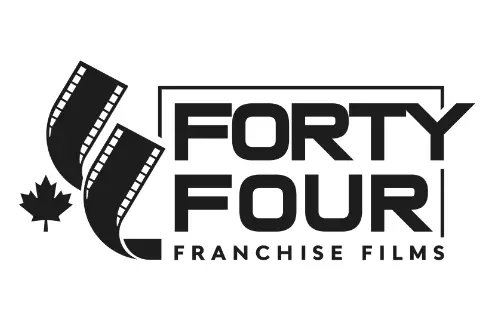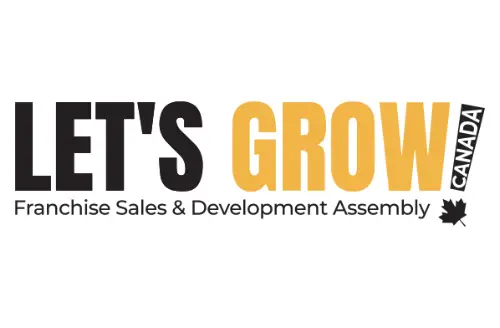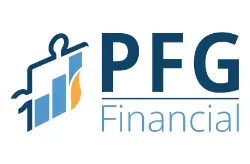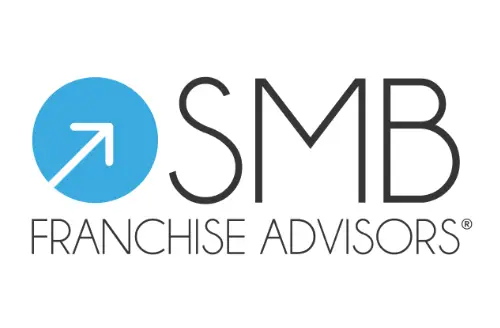Each of America’s 50 states functions as a unique business ecosystem, and choosing where to start is more art than science. Every “rule of thumb” carries its own exceptions.
Why border states might (But not always) work for Canadian brands
It’s true that many Canadian franchises find early traction in northern states like Michigan, New York, and Washington. Shared time zones, cultural affinities, and existing supply chains can make these markets feel like logical extensions of your home operations. For many brands, these practical benefits reduce friction in training, logistics, and customer communication.
However, proximity doesn’t guarantee profitability. These same border markets can be oversaturated or face economic challenges in certain sectors. A brand that’s a hit in Toronto might not resonate in Buffalo. Success depends not just on geography but on market readiness, local competition, and consumer behavior.
The allure—and cost—of the big three: California, Texas, and Florida
California, Texas, and Florida boast massive populations and dynamic economies. They’re often part of long-term growth plans for good reason. But each comes with trade-offs. California’s complex regulatory environment and high compliance costs are real barriers—yet its size and consumer openness to new brands can make it worth the investment.
Texas and Florida are often touted for their business-friendly reputations. They’re simpler to enter, and many franchisors report faster payback periods. Still, rapid growth in these states can mean fierce competition, labor shortages, and operational headaches. “Easy entry” does not always mean “easy success.”
Registration states: Red tape or smart gatekeepers?
States like New York, Illinois, and Maryland require FDD registration, adding cost and time. These hurdles can delay launch by months and increase legal spend. But they also function as early filters, forcing franchisors to tighten systems, refine financials, and clarify offering details. Some franchisors emerge stronger and more prepared to scale.
Not every brand should avoid these states. For example, Illinois (despite being a registration state) offers Chicago a diverse, trend-setting city that can be a powerful test bed for national expansion. The key is to understand what each state demands and whether your brand can meet those standards without overextending.
Digging deeper than the obvious choices
Sometimes the best opportunities are hiding in plain sight. States like Colorado, North Carolina, and Arizona offer growing populations and supportive business climates, but also have unique consumer expectations. A good market for restaurants may not suit a home services concept, and vice versa.
The value of local infrastructure like suppliers, talent pools, and transportation networks—can outweigh general population size or GDP. Understanding the local ecosystem is as important as liking the macro numbers.
A methodical path to U.S. Growth
There’s wisdom in going slow. Target one state. Build support. Refine your unit model. Then expand. While it’s tempting to plant flags in a dozen markets, sustainable U.S. growth usually favors depth over breadth. Success in one state can create the momentum (and credibility) for multi-state growth.
Ultimately, each U.S. state you enter should reflect a strategic commitment, not a speculative bet. Your first territory sets the tone for your brand’s American story. Choose not only based on what seems easy or popular—but on where your specific concept can thrive and where your team can truly deliver.



























